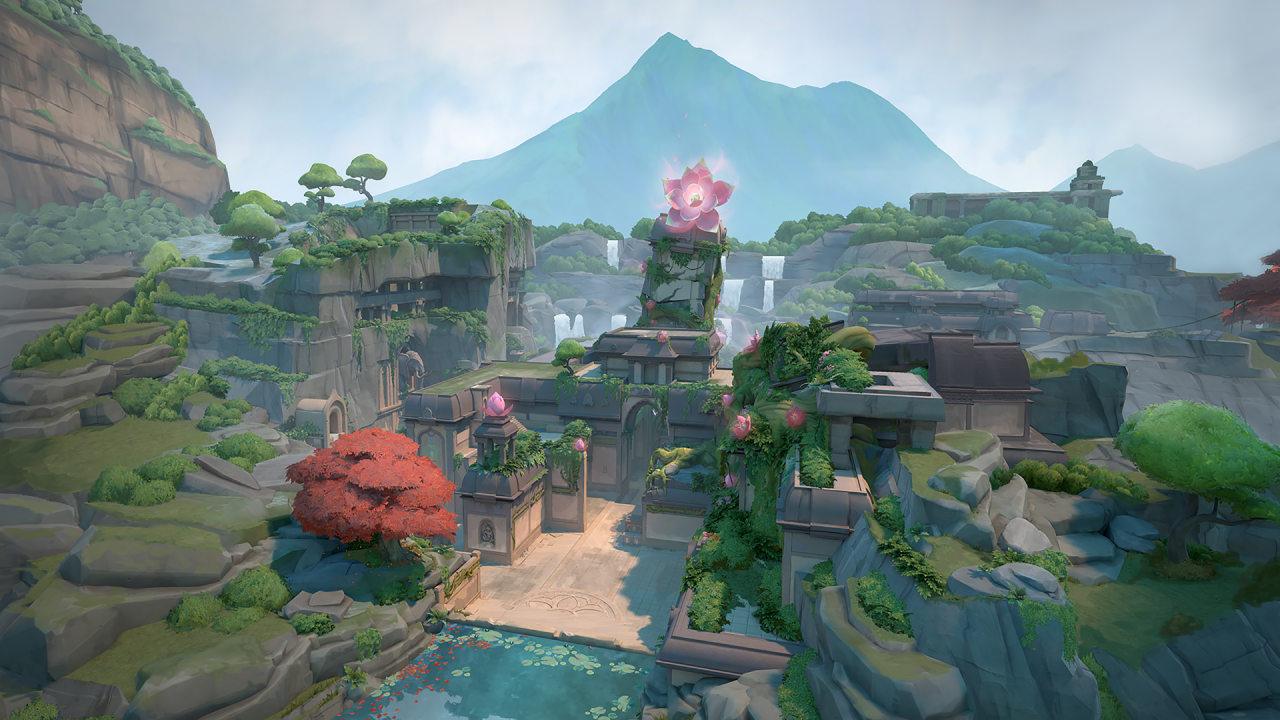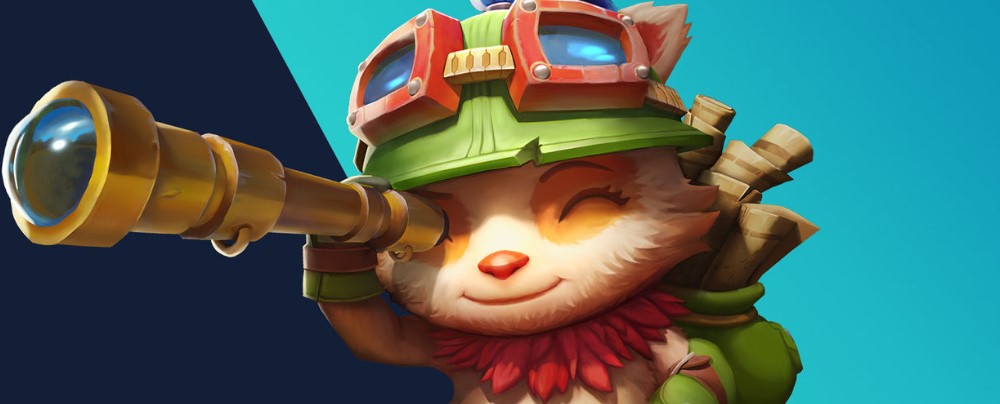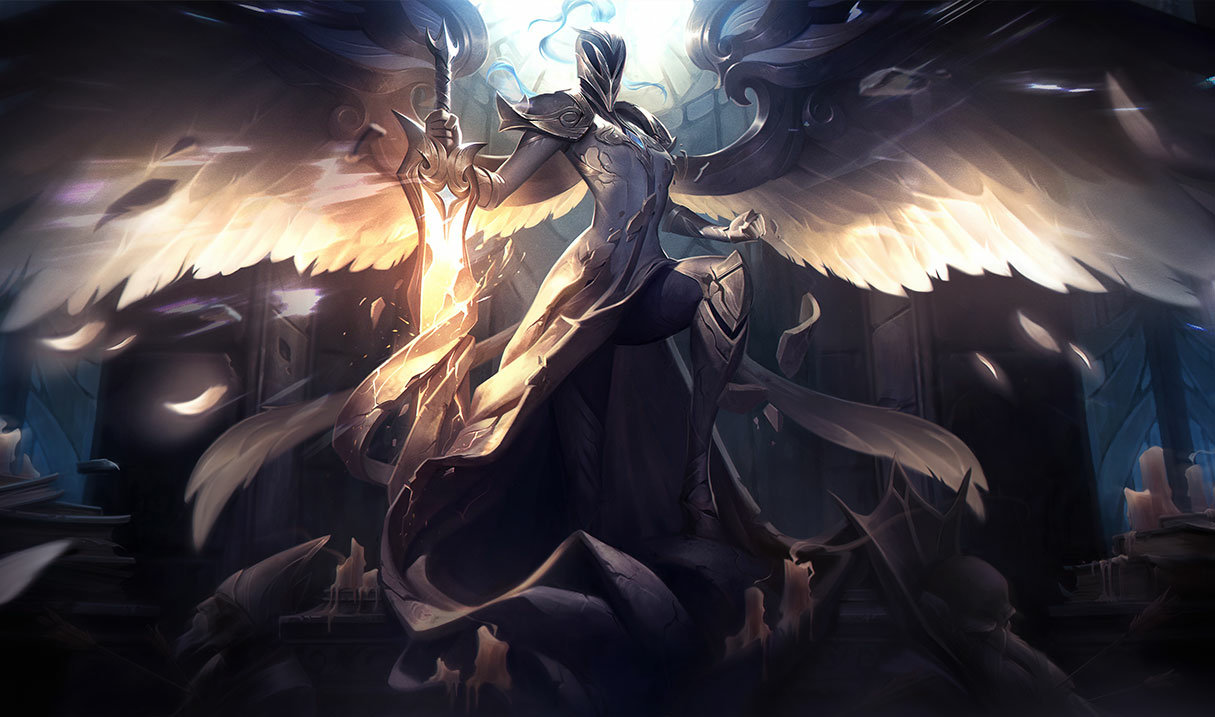The Lack of Dynamic Elements in Overwatch 2 Maps
Overwatch 2, the highly anticipated sequel to Blizzard’s popular hero shooter, has been making waves in the gaming community since its release. While the game has introduced new heroes, game modes, and a fresh coat of paint, one aspect that has left some players wanting more is the lack of dynamic elements in the maps.
In the original Overwatch, maps like the training range featured floating platforms that added an extra layer of excitement and challenge to the gameplay. Hollywood’s elevators and the rising walls in the Meka base map from Korea also provided players with unique obstacles to navigate during intense battles. These moving parts not only made the maps more visually interesting but also created opportunities for strategic plays and memorable moments.

However, in Overwatch 2, the majority of the maps feel static in comparison. While the game has introduced new locations with stunning visual designs, they lack the same level of interactivity found in some of the original maps. This absence of dynamic elements has led some players to question why Blizzard didn’t incorporate more moving parts into the new map designs.
One possible explanation for this decision could be the focus on creating a more balanced and competitive experience. Moving parts in maps can sometimes lead to unforeseen advantages or disadvantages for certain heroes or team compositions. By keeping the maps more straightforward, Blizzard may be aiming to ensure a level playing field for all players. If you think that it the case in your comp games or you want to learn about maps and map movements from a pro, maybe look for Overwatch Carry Duo who will play by your side and teach you how to play certain maps.
Another factor to consider is the development time and resources required to create maps with dynamic elements. Designing and implementing moving parts in a map is no simple feat, as it requires careful consideration of game balance, visual clarity, and technical limitations. With the pressure to release new content regularly, it’s possible that Blizzard prioritized other aspects of the game over the inclusion of more interactive map elements.

That being said, it’s worth noting that Overwatch 2 does have a few maps with moving parts, albeit not as prominent as some players would like. The payload maps, such as Route 66 and Junkertown, feature moving platforms and turning mechanisms that add a bit of dynamism to the gameplay. However, these elements are often located in specific areas and may not have a significant impact on the overall flow of the match.
While the lack of moving parts in Overwatch 2 maps may be disappointing for some players, it’s important to remember that the game is still in its early stages. As Blizzard continues to update and expand the game, there’s always the possibility that future maps will incorporate more dynamic elements. In fact, the developers have already shown a willingness to listen to player feedback and make adjustments to the game based on community input.

In final words the absence of moving parts in Overwatch 2 maps has been a point of discussion among players who enjoyed the dynamic elements in the original game. While the reasons behind this design choice may vary, it’s clear that some players feel that the maps could benefit from the inclusion of more interactive features. As the game continues to evolve, it will be interesting to see if Blizzard takes this feedback into consideration and introduces maps with more dynamic elements in future updates. Until then, players can still enjoy the game’s fast-paced action, diverse hero roster, and beautifully crafted environments, even if they may be missing the excitement of dodging moving platforms or riding elevators to victory.










